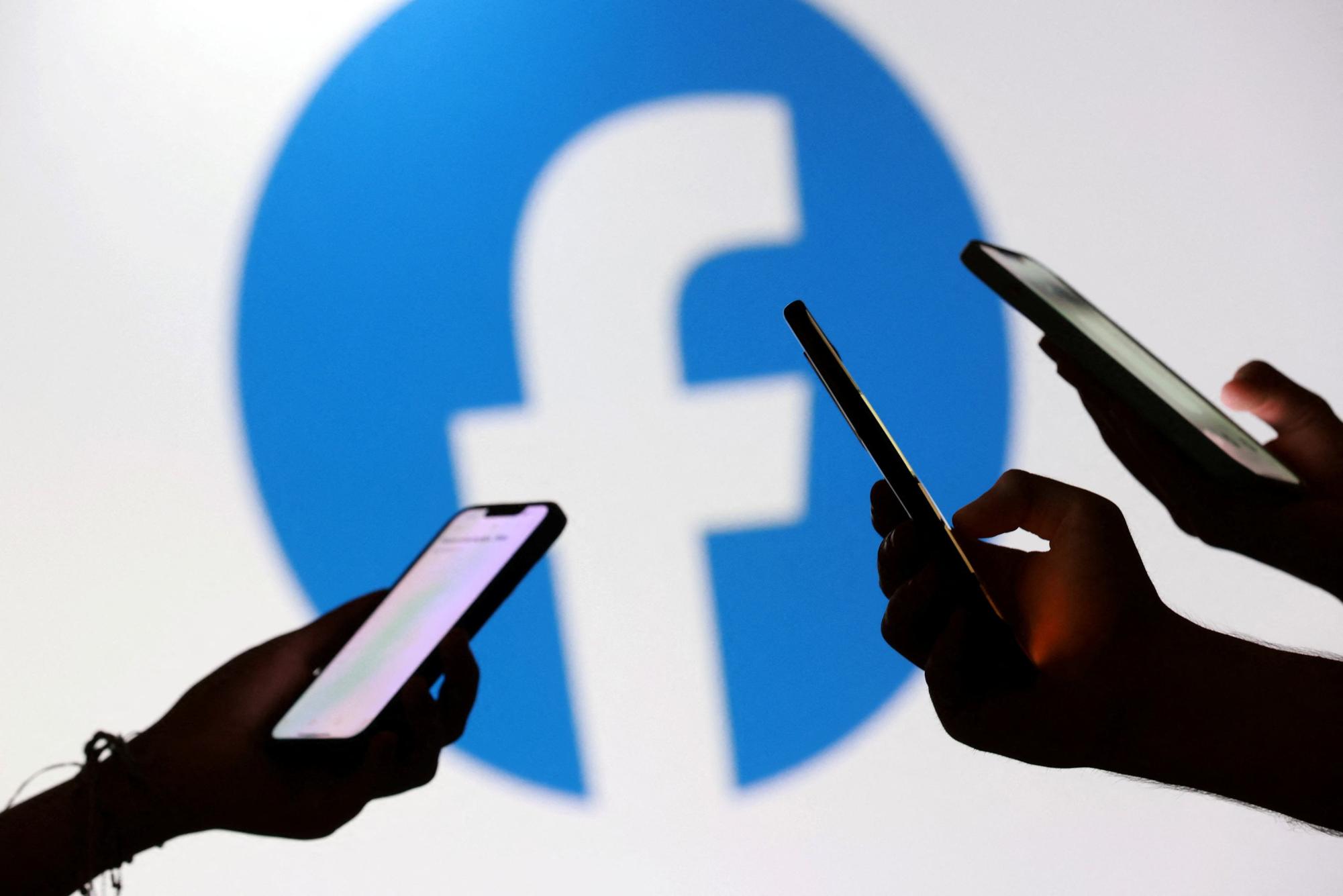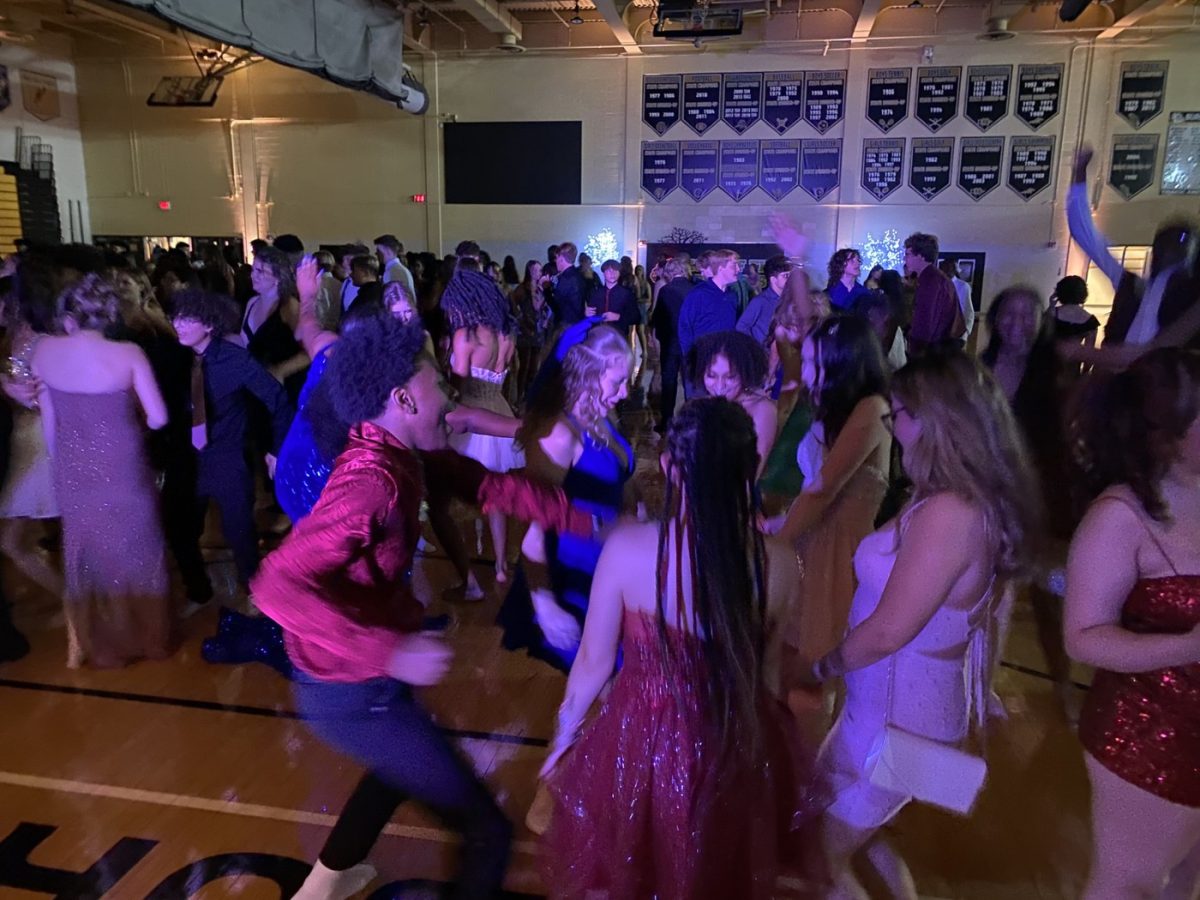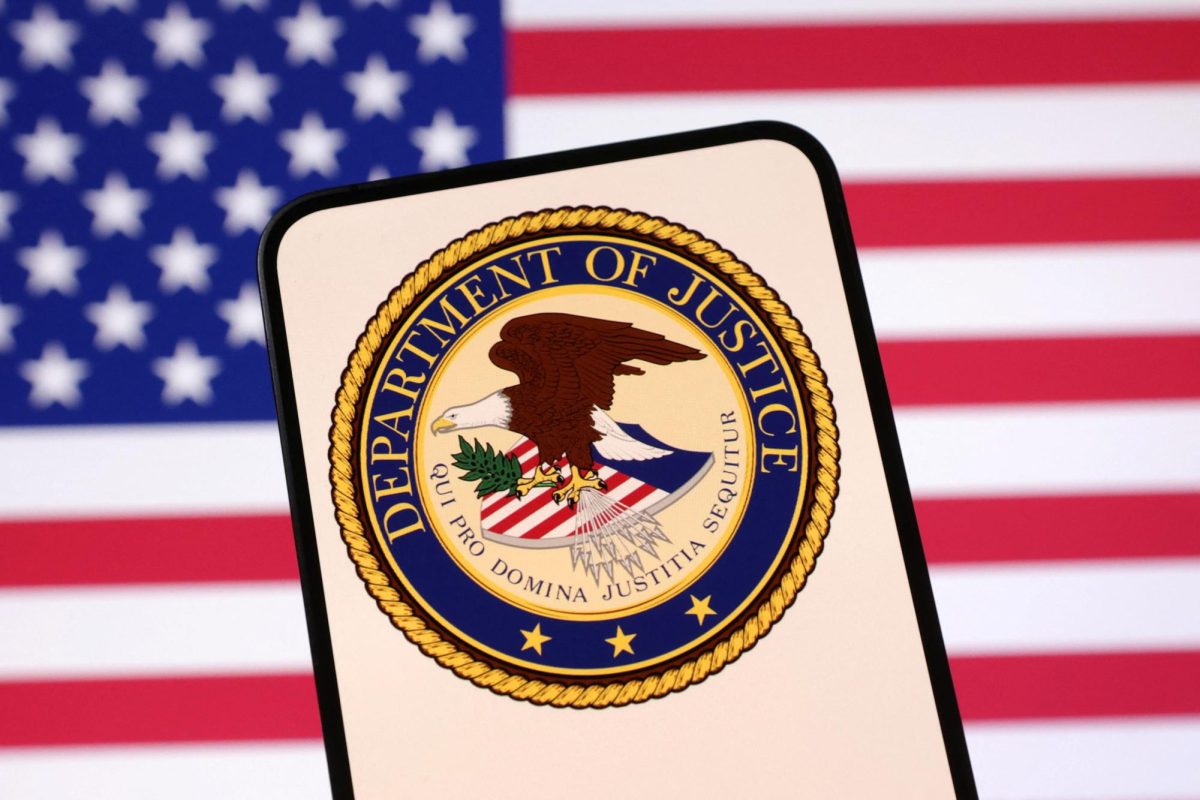Students scroll, swipe and double tap almost every day, but what does social media really do to their mental health? Many students admit that keeping up with Instagram, TikTok and Snapchat isn’t always fun. It can be stressful, sometimes promoting ideas that impact students’ mental health.
Social media can create pressure to look perfect and live “perfect” lives. Many students compare themselves to friends, influencers and celebrities online, which can affect their confidence.
“I’ll see someone’s post of a vacation or new clothes, and I just feel like I’m not doing enough,” Ava Martinez (11) said. “It makes me stressed, even though I know it’s not real.”
This pressure can also make students anxious or affect their moods throughout the day. Mental health experts say constant exposure to curated content can distort reality and trigger feelings of inadequacy.
“I notice I get frustrated or sad after scrolling for too long,” Jordan Lee (10) said. “Sometimes I just put my phone down for a while, and it helps a lot.”
However, social media isn’t all bad. Students can use it to connect with friends, find support and share their creativity. However, experts encourage using it in moderation. Students who set limits on screen time often report feeling less stressed.
“I like using TikTok to make funny videos and see my friends’ posts,” Maya Frank (12). “It’s fun, but I try not to spend hours scrolling or comparing myself to others.”
Teachers have noticed the impact as well. Some say students who are constantly on their phones can get distracted in class or feel more anxious about school and social life.
“Social media isn’t going away, so we try to teach students how to balance it with real life,” instructor Jessica Jolkowski said. “Taking breaks, focusing on hobbies and talking to friends or family can make a huge difference.”









